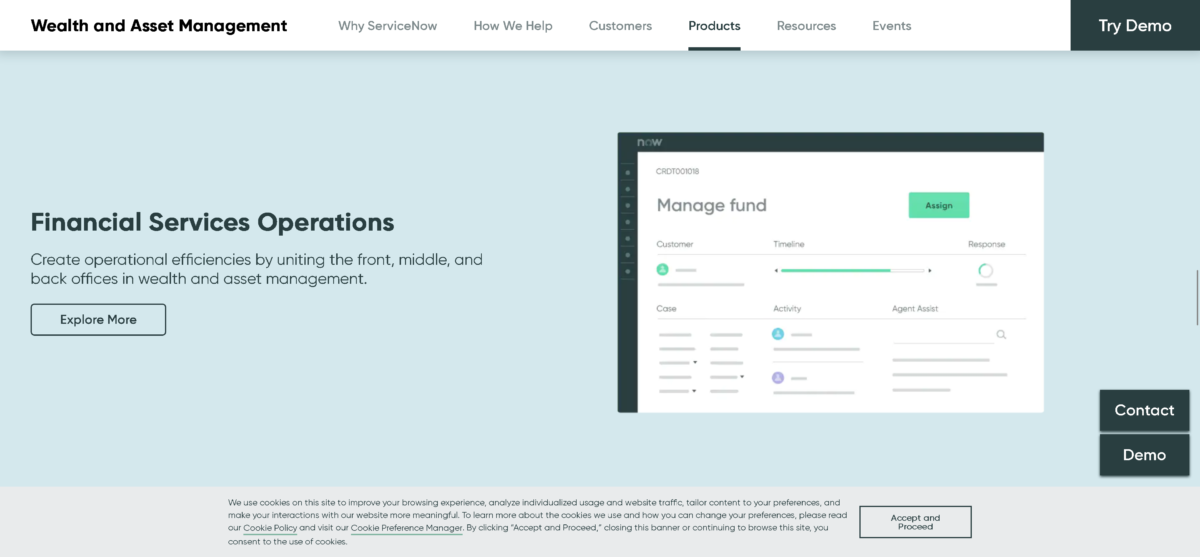When Microsoft moved to a monthly cloud-based subscription package for its Windows 10 operating system (Secure Productive Enterprise E3, and Secure Productive Enterprise E5), it represented the most significant recent example of software evolving into an as-a-service model (SaaS). Other vendors have also continued to migrate their software and application offerings to SaaS environments.
A handful of key reasons have driven companies such as Microsoft in this direction, all of which greatly benefit businesses of all sizes. First, IT departments are shrinking, and moving software to a subscription model based in the cloud enables for easier licensing management from Service Providers who serve as external IT departments for businesses.

Second, a cloud-based subscription model enables for businesses to license software on a per-consumption basis. Projects come and go, and the scale of these projects can vary. SaaS models enable organizations to scale their software needs based on timely consumption requirements.
The decision to move Windows 10 to SaaS was born out of the success Microsoft has had with office 365, which has been a cloud-based offering for a few years now and enjoyed by businesses both large and small.
The timing also coincides with the change in business philosophy driven largely by the cloud itself. Businesses of every size are shifting many of their operations to the cloud, and everything from content management, social media management, and customer relationship management activities are also now residing in the cloud in a SaaS environment.
This shift also impacts a larger technology picture that goes beyond business use. As more software-based resources move to the cloud, this will further impact the broader spectrum how people, technology and “things” become inter-connected, known as the Internet of Things (IoT). SaaS models are at the center of this evolution.
Clearly put, the days of the shrink-wrapped box of software are gone, and now everything lives and is licensed in the cloud, managed by an external IT department service provider.
According to research firm, Gartner, the shift to the cloud will soon be mandatory. According to the firm’s recent press release:
“By 2020, a corporate ‘no-cloud’ policy will be as rare as a ‘no-internet’ policy is today, according to Gartner, Inc. Cloud-first, and even cloud-only, is replacing the defensive no-cloud stance that dominated many large providers in recent years. Today, most provider technology innovation is cloud-centric, with the stated intent of retrofitting the technology to On-Premises.”
The firm goes on to predict how organizations will embrace cloud offerings:
“By 2019, more than 30 percent of the 100 largest vendors’ new software investments will have shifted from cloud-first to cloud-only.”
SaaS models tied in with licensing also enable for a more seamless user experience across Multiple Devices now used in business. From the laptop to the tablet and the mobile device, a cloud-centric subscription-based access to software enables a seamless experience for the user, no matter which device they’re on, with virtual access wherever they are. This is also beneficial for workflow that involves remote employees from different regions all desiring access to the same files and data.

Lastly, the word “services” is key in the SaaS relationship. Service providers acting as external IT departments can help manage the software and application experience, which includes security offerings and managing license deployments for scale. And as software vendors such as Microsoft continue to enhance their software offerings, service providers will be the experts that help manage these upgrades and new features for their organizational clients.
By Kim Kuhlmann
Kim Kuhlmann is a Senior Customer Advisor for HPE SLMS Hosting. Through its range of full-service hosted software licensing capabilities and its detailed knowledge of the latest licensing programs from Microsoft and elsewhere, HPE SLMS Hosting offers the expertise service providers need to capitalize on new opportunities and grow their businesses at the pace of the cloud services market overall.
Follow HPE SLMS Hosting on Twitter, Google+ and LinkedIn for additional insight and conversation, and visit the HPE SPaRC resource community at www.hpesparc.com.





